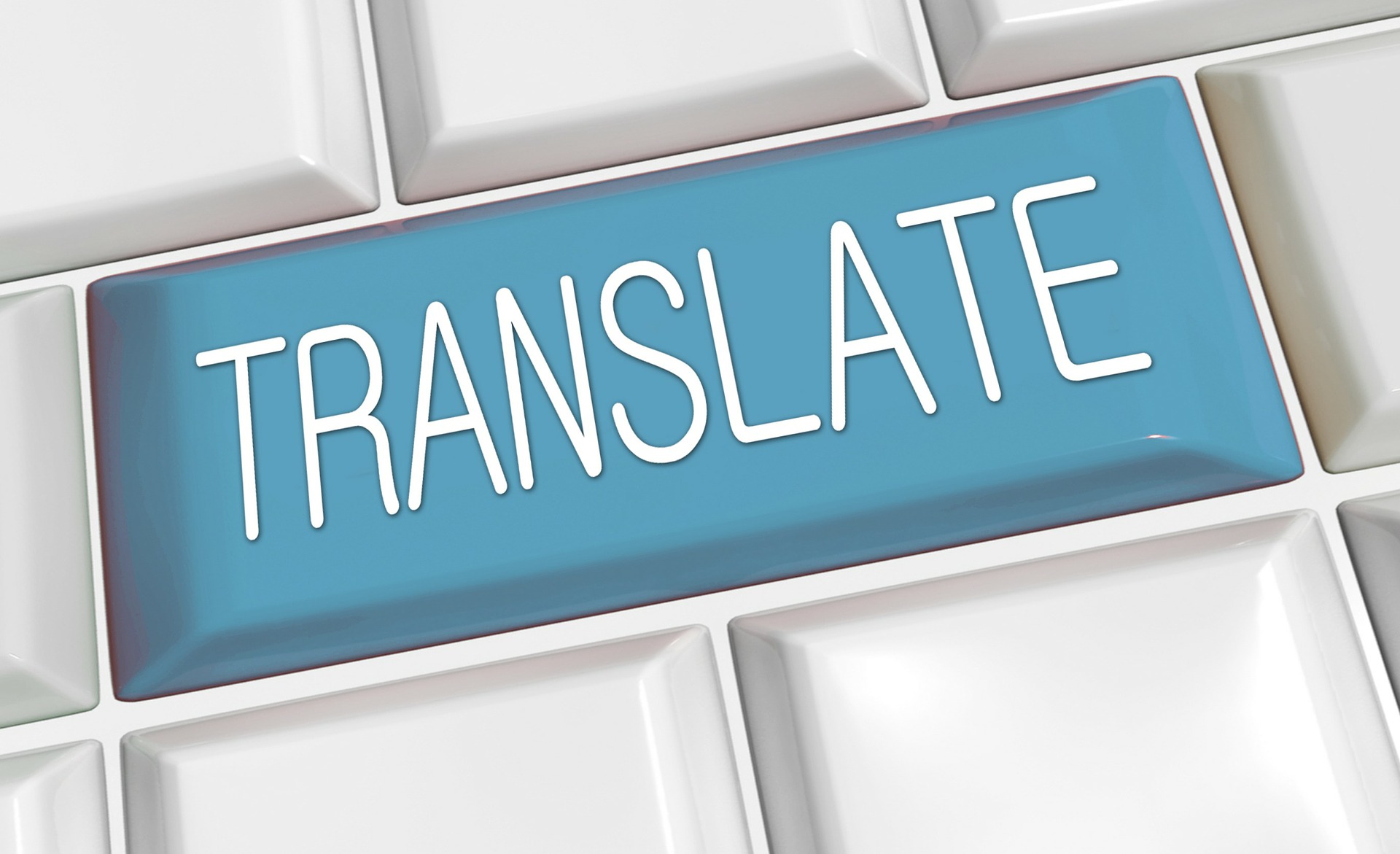AsiaTechDaily – Asia's Leading Tech and Startup Media Platform

Korean To English Translation- All You Need To Know
The Korean language is the official language of North and South Korea, having more than 75 million Korean speakers. There is no significant difference between the language spoken in North and South Korea other than a few spelling differences and vocabulary choices. Still, they both follow the unified standards provided by the Korean language society. As per the historical records in the 15th century, the middle Korean language was written with phonograms. The Korean meaning and sounds are difficult to decipher as they are written with Chinese characters.
With the immense growth of South Korea as a major industrial hub in Asia and a global economic powerhouse, the Korean language has become all the more popular. Though English is widely spoken in South Korea, knowing the Korean language has its own set of advantages while you are in South Korea for a business or leisure trip.
Rich History Of The Korean Language
Modern Korean descends from Middle Korean, which in turn descends from Old Korean, which descends from the Proto-Koreanic language which is generally suggested to have its linguistic homeland somewhere in Manchuria. Whitman (2012) suggests that the proto-Koreans, already present in northern Korea, expanded into the southern part of the Korean Peninsula at around 300 BC and coexisted with the descendants of the Japonic Mumun cultivators (or assimilated them). Both had an influence on each other, and a later founder effect diminished the internal variety of both language families.
Chinese characters arrived in Korea (see Sino-Xenic pronunciations for further information) together with Buddhism during the Proto-Three Kingdoms era in the 1st century BC. It was adapted for Korean and became known as Hanja, and remained as the main script for writing Korean through over a millennium alongside various phonetic scripts that were later invented such as Idu, Gugyeol and Hyangchal. Mainly privileged elites were educated to read and write in Hanja. However, most of the population was illiterate. In the 15th century, King Sejong the Great personally developed an alphabetic featural writing system known today as Hangul. He felt that Hanja was inadequate to write Korean and that this was the cause of its very restricted use; Hangul was designed to either aid in reading Hanja or replace Hanja entirely. Introduced in the document “Hunminjeongeum,” it was called “eonmun” (colloquial script) and quickly spread nationwide to increase literacy in Korea. Hangul was widely used by all the Korean classes but often treated as “amkeul” (script for female) and disregarded by privileged elites, whereas Hanja was regarded as “jinseo” (true text).
Consequently, official documents were always written in Hanja during the Joseon era. Since most people couldn’t understand Hanja, Korean kings sometimes released public notices entirely written in Hangul as early as the 16th century for all Korean classes, including uneducated peasants and slaves. By the 17th century, Korean elites Yangban and their slaves exchanged Hangul letters, which indicates a high literacy rate of Hangul during the Joseon era. Today, Hanja is largely unused in everyday life due to its inconvenience, but it is still important for historical and linguistic studies. Neither South Korea nor North Korea opposes the learning of Hanja, though they are not officially used in North Korea anymore, and their usage in South Korea is mainly reserved for specific circumstances, such as newspapers, scholarly papers, and disambiguation.
Since the Korean War, through 70 years of separation, the North–South differences have developed in standard Korean, including variations in pronunciation and vocabulary chosen, but these minor differences can be found in any of the Korean dialects and still largely mutually intelligible.
Credit – Wikipedia
Importance Of Knowing The Korean Language
- To accelerate economic opportunity: With the immense growth of technology, the world has become a small place for people to connect. From texting to skype calls, the business can happen anywhere, and South Korea is one of the most productive Asian economies as well as a hub of businesses and startups. Thus learning the Korean language helps people to be a part of the economic growth and prosperity of South Korea and connect with local businesses better some of which may still operate in the Korean language.
- To have a career as a translator: As many companies aim to work with Korean companies, they are always looking out for experts who can translate the same.
- To have a better travel experience: As per a recent survey, 58 percent of Koreans speak English. However, to have better travel experience and connect with the local population, it is always advisable to pick up a bit of the Korean language. Also, it is always fun to pick up a new language.
Of course, you can take the help of a translator while you are in South Korea to take care of all your needs.
Options For Translating Korean To English
- Multi-Language Translation Agency: These agencies provide services through freelance translators and also translate documents, websites, and materials.
- Single Language Boutique Agency: Some translation agencies specialize in one or two languages. This agency is not only pocket-friendly but also provides high-quality translation services.
- Individual Professional Translator: Under this option, one can have direct client communication. The individual professional translator is an excellent option to translate Korean.
- Machine Translation: In the internet age, free based translations are available on the web that translates plain texts or documents in minutes. Google is always your best friend.
Importance Of Translating Korean To English
- Document Translation: Certain documents like employee manuals, legal contracts, or accounting reports have to be translated for the majority of readers.
- Sign Language Translation: Various signs like arm movement or body language have a different meaning in different languages. Those who don’t know Korean signs are helped by translators to get the contextual meaning.
- Day To Day Functioning: Many governments and multi-national companies have offices in different parts of the world. To send information across the globe, the Korean language has to be translated to convey the right message.
Five Tips To Translate the Korean language to English
- Keep Sentences Brief: To make translations easy for users, it is essential to keep sentences brief to boost readability.
- Avoid Long Noun Strings: As the Korean language has Chinese characters that make it decipher meaning difficult, long noun strings should be omitted.
- Avoid Humor: As readers have different perspectives, humor should be avoided as there is no equivalency.
- Be Clear with Dates: International dates are difficult to understand as the numbers vary, so it is better to be clear with dates.
- Always Use Active Voice: Active voice is better to understand than the passive voice.
With the help of these tips, one can easily translate to the Korean language.





